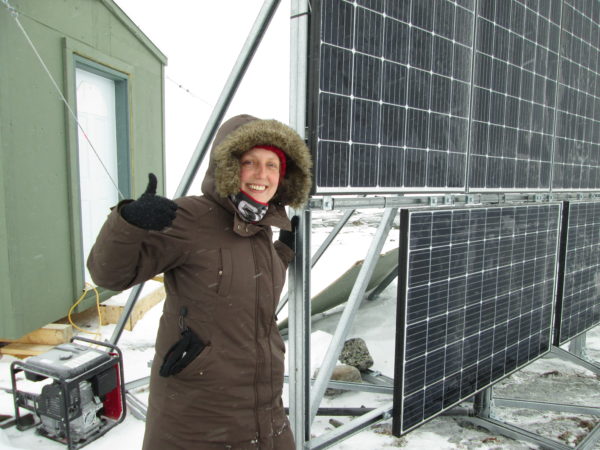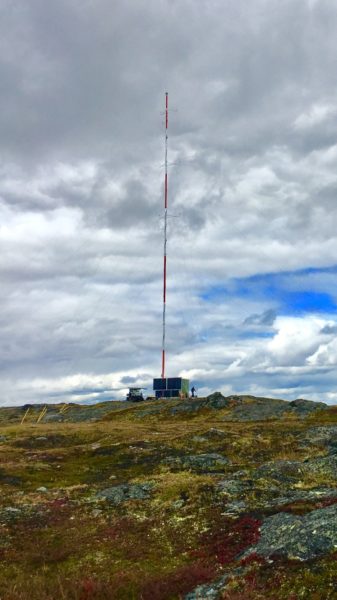The time to switch to renewable energy is now
Canada’s Arctic territory of Nunavut is entirely dependent on fossil fuels for its electricity and heat generation, but it doesn’t have to be.
Habitat-friendly renewable energy can improve food and energy security.
Making the switch to habitat-friendly renewable energy
What exactly is habitat-friendly renewable energy? And why is it so important to adopt?
Renewable energy is collected from sources that are naturally replenished, but what many forget is that harvesting renewable energy requires major infrastructure changes that can disrupt habitats. When we talk about “habitat-friendly renewable energy,” we’re referring to renewable energy projects that safe-guard and protect the environment in multiple ways.
Habitat-friendly renewable energy helps the Earth by weaning us off fossil-fuel powered energy and slowing climate change, and at the same time ensuring that habitats remain intact and continue to function as carbon sinks. When planned and sited properly, wind turbines don’t have to negatively affect bird and bat habitats, and hydro projects can have less impact than massive dams.
The dangers of fossil fuels
While there’s always a risk of a major diesel spill anywhere it’s used, in Nunavut, a spill could be catastrophic. Diesel is shipped up north by boat once a year and stored in large tank farms in each community, but there are limited resources available in the Arctic to deal with large spills. Spills on land damage the permafrost, which can affect building foundations and damage infrastructure, not to mention marine wildlife and food and water supply.
Beyond its immediate environmental effects, diesel exhaust is recognized as a carcinogen by the World Health Organization (WHO) and as a potential contributing factor to the higher rates of lung diseases in Nunavut. Diesel exhaust also contributes to the formation of black soot, a fine particulate that, when release, sits atop snow. While snow and ice act as a mirror, reflecting light back out of the atmosphere, black soot absorbs and traps light, heating up the Earth instead of transferring energy back into space.
Diesel is also extremely costly. The cheapest electricity in Nunavut is in Iqaluit—about $0.60/kWh. In other communities, that rate can reach over $1.00/kWh. (In Ontario, the average electricity rate is only about $0.12/kWh.)
What WWF-Canada is doing
In 2016, WWF-Canada engaged with ITP Renewables on a pre-feasibility study to determine the impact of renewable energy on 13 communities in Nunavut. Three years later, the study was expanded to include all 25 communities.
The initial report was a good starting point and it gave us great feedback from Nunavummiut. This new study expands on the initial findings and offers new insights that take into account the effects of changing prices and taxes on the financial viability of renewable energy projects in Nunavut.
The results showed that in some communities, switching to habitat-friendly renewable energy makes sense immediately. It also revealed that many communities have a strong financial case for renewables.
Baker Lake is one such community. At an eight per cent discount rate, the community was on the borderline for switching to renewable energy, but at a four per cent discount rate it would make financial sense to switch over to almost 70 per cent renewable energy by using wind power.
WWF is also supporting Nunavummiut through green energy education and training programs to aid in the transition towards renewable energy.
There’s still work to be done
In order to make the switch, legislative change is required; fortunately, some of that change is already underway. In Nunavut, changes to the Qulliq Energy Corporation Act permit the QEC to purchase electricity from other generators, creating competition and thereby reducing costs.
But that’s not the only change that needs to happen. Communities need energy education, community energy planning and data collection. As education around solar energy increases, and policy changes take effect, we may start to see larger solar projects over the next two to seven years.
Some communities are already collecting data needed for solar and wind energy projects, which could help get renewable energy projects up and running even sooner.



